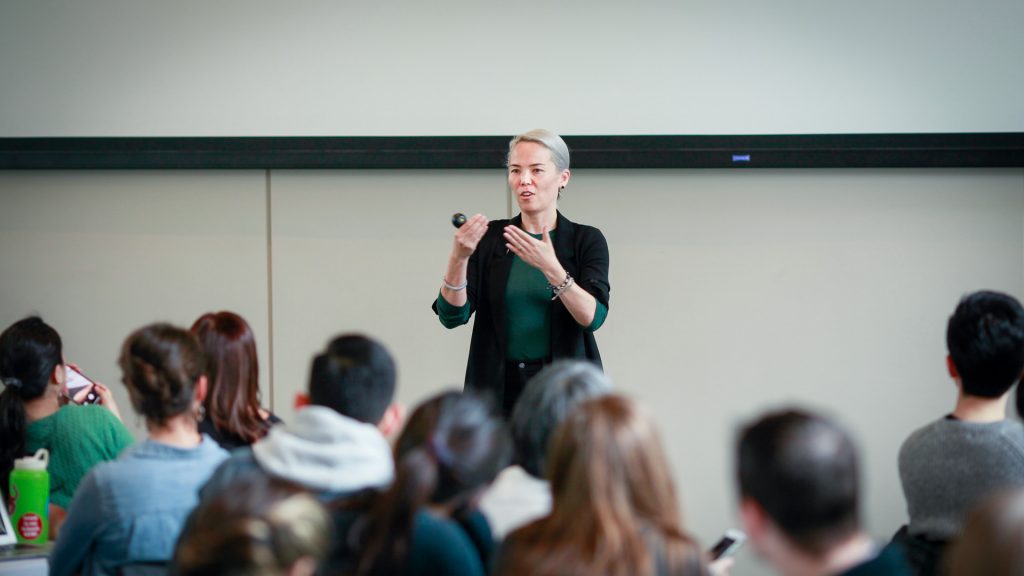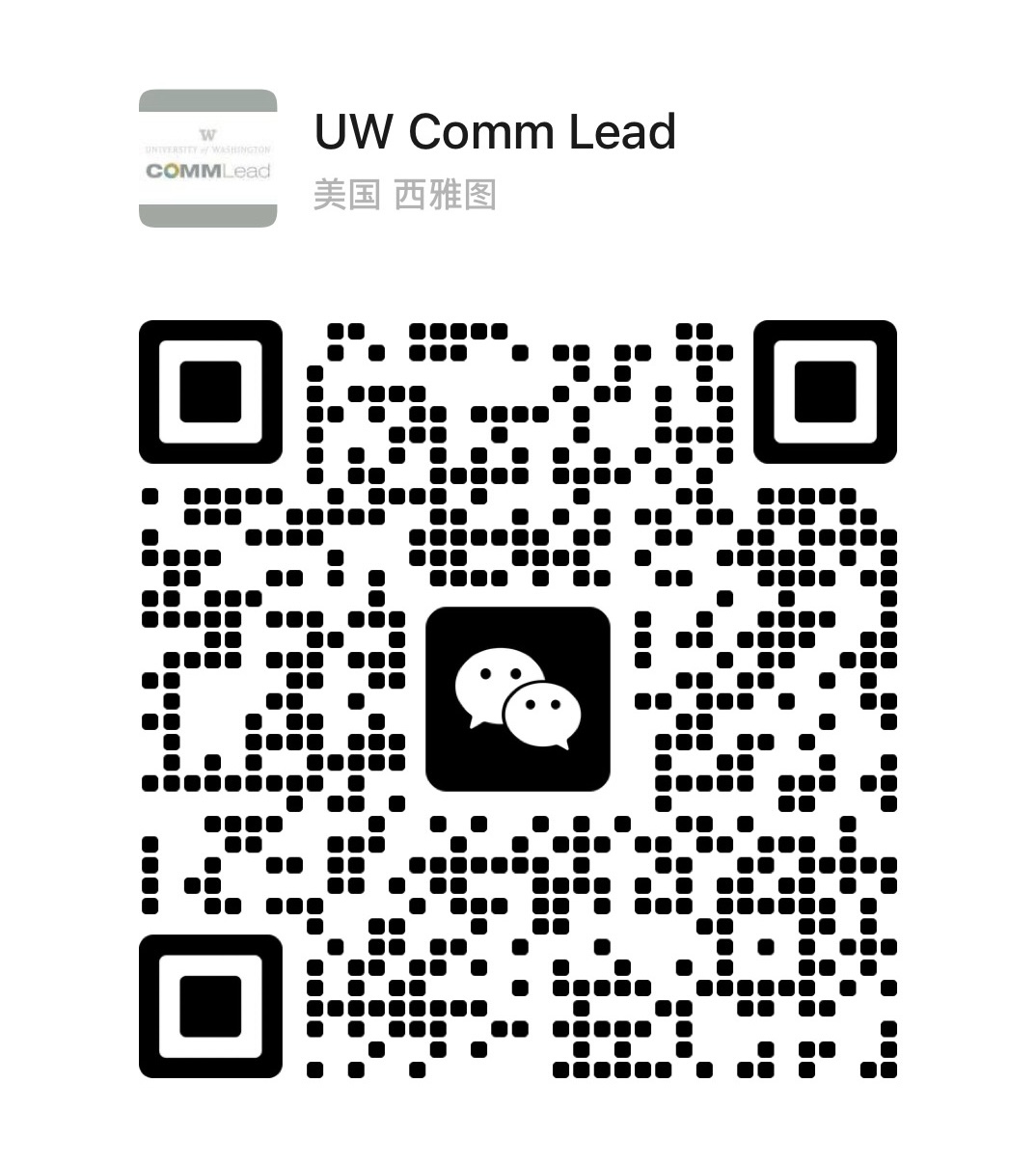
Designing accessible and inclusive content takes intentionality. Considering how all users will experience your product impacts decisions you make about its design from the very beginning. Whether you’re a building a website or producing a video, it’s vital to understand the basic principles of inclusive design.
That’s why on May 18, graduate students, communication professionals, designers, and other industry leaders gathered at the University of Washington for a Master Class about accessibility and inclusive design. Attendees heard from leading experts and participated in hands-on learning activities.
And now, you can too!
Below are a series of talks by leaders from Google, the UW DO-IT Center, Facebook, Microsoft, Rooted in Rights, and the UW HCDE program illuminating different aspects of accessibility and inclusive design.
You can put what you learn from those presentations into practice by completing a 3-part activity designed by Communication Leadership faculty Ekin Yasin and Dave Holmberg. Dive in on your own or recruit a colleague to join you as a professional development exercise at the office. The activities can be done anywhere! Total time to watch all the presentations and complete the activities is about four hours.
Let’s get started:
Kat Holmes, author of Mismatch: How Inclusion Shapes Design and Director of User Experience at Google, explains the challenges of developing inclusive practices in company culture and in the design process. In this AI age, inclusive design is a way to build solutions that reach broader audiences and minimize exclusion. By testing our assumptions about inclusion it becomes a necessary guide — and an economic imperative.
Dr. Sheryl Burgstahler, Director of UW Disabilities, Opportunities, Internetworking, and Technology (DO-IT), discusses the importance of universal design, which allows for better access and inclusion of those with disabilities.
Activity 1
Select a commonly used object, or a location open to the public. You can choose from the examples below, or select any other object or location you’d like. You will use your selection throughout all three exercises.


Once you’ve made your selection, consider the following questions:
- What is required to use this object or space?
- Based on the requirements of the space, who is being excluded?
- What are the assumptions/mental models that lead these exclusions?
Now let’s look at some case studies where industry leaders redesigned products to make them more inclusionary:
Elizabeth Rifer and Cristin Carey of Facebook explain how the Marketplace UX team addresses accessibility, and how to use these practices in any product’s development.
Activity 2
Return to the object or location you chose for Part 1. Imagine you are at the discovery phase for this product or location. You want to research approaches to ensure an accessible and inclusive design process.
First, pick a challenge and solution from the preceding presentations that would be of value to consider for your process (rethinking the object or location from Activity 1).
Then, consider these questions:
- How might you include accessibility from the beginning of product development?
- How might you build empathy amongst designers, content strategists, researchers and engineers so that they think about creating accessible products with every mock up and every string of code?
Next, let’s hear from professionals who include accessibility from the beginning of their projects and are looking at ways to ensure this best practice for new technologies:
Activity 3
Having considered accessibility-related questions in practice, outline what a future accessible version of your chosen object or location might be like. Don’t worry about constraints — take a “blue sky” approach to completely rethinking this experience.
Then, create a brief, public-facing proposal (one paragraph) that makes a case for this future design and the value of accessible and inclusive design.
Are you eager for more opportunities to learn alongside other professionals? Sign up for our email list and be the first to hear about upcoming workshops and read about the latest trends in communications, marketing, and technology.
Master class designed by Ekin Yasin, Dave Holmberg and Molly Schachter, in consultation with presenters. Video by Ekta Dokania and Thomas Chengxi Zou. Audio by Kyle Hepworth and Tommy Ferguson. Editing by Daley Wilhelm.

 University of Washington
University of Washington